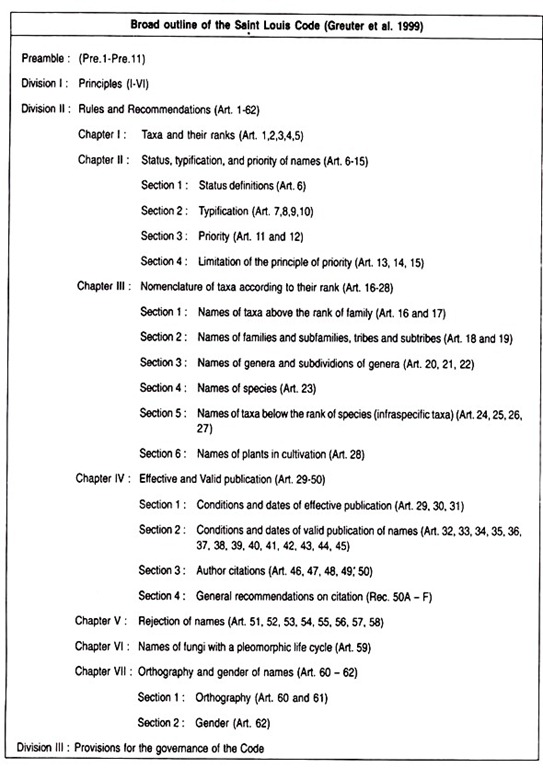Read this article to learn about the impact of plant biotechnology on forestry.
Forest resources are disappearing at an alarming rate. An important component of forest ecosystem is trees, which provide food, fuel, construction and industrial products.
In addition, trees are reorganized as the critical elements in maintaining stability in the world’s atmosphere.
Erosion of genetic variability is also a matter of concern now a day. Therefore, both in situ and ex situ management is necessary for biodiversity, conservation and consequently for tree crop improvement.
Tree improvement involves managing genetic resources, and includes conservation, selection and breeding and propagation. Biotechnology has the potential to accelerate the genetic improvement of forest yield. The traditional methods for propagation of trees are by seeds and rooted cuttings or grafting. Micro-propagation offers several advantages over conventional vegetative propagation, viz., small area requirement, large number of plant formation in short duration, cloning of selected material, easy to transport etc. Rapid progress has been made in tree tissue culture after production of first true plantlet via organogenesis from Populus tremuloides by Winton (1970).
Conifers are soft wood plants used in pulp and paper industry. Sommer and co-workers (1975) produced complete plantlets from Pinus palustris for the first time. The ability to regenerate complete plants from individual protoplasts, cells, or tissue is a necessary requirement that must be established prior to the application of most biotechnological methods for crop improvement.
The methods employed in micro-propagation and improvement of tree species are:
A. Clonal propagation
B. Organogenesis and embryogenesis
C. Protoplasts culture and genetic engineering
A. Clonal Propagation:
There are two main objectives for developing clonal techniques for forest trees. Firstly, viable large scale clonal systems can be an asset for selected trees and secondly, reliable regeneration protocols are necessary for further genetic manipulations. Some of the requirements for a large scale system are simplicity, reproducibility, cost effectiveness and adaptability to nursery practices.
Asexual multiplication of both hard woods and softwoods using tissue culture methods can be achieved by axillary bud breaking, production of adventitious buds and somatic embryogenesis. The first two approaches lead to the development of a bipolar embryo. A large number of forest trees have been multiplied by these methods (Table 27.1). Axillary bud break is common in angiosperm while adventitious shoots formation is used in gymnosperm for multiplication. Clonal multiplication is the most frequently used method is tree propagation.
B. Somatic Embryogenesis:
To date, shoot cultures are the most successful method of propagation for hardwood trees. However, somatic embryogenesis is alternative method providing large number of plantlets at low cost, the potential for generating artificial seeds and possibility of automation.
Suspension cultures can provide embryogenesis protoplasts which potentially can be used for genetic engineering. Somatic-embryogenic tissue can be generated directly of treated explants or obtained indirectly by manipulating non-embryogenic callus in vitro. In confers, this is the principal method of propagation. The examples of forest tree species propagated by somatic embryogenesis are -Larix decidua, Picea abies and others (Table 27.1)
C. Protoplast Culture and Genetic Engineering:
Protoplast culture provides an alternative method of improving plants, and is one of the few systems which can utilize somaclonal variation, somatic hybridization, cybridization and genetic engineering. Protoplasts have been isolated from both tropical and temperate species of hard woods, e.g., sandal wood, Eucalyptus grandis, E. urophylla, E. saligna. Transformation of forest species has been successful with only a few genera like Populus and Juglans mainly using the Agrobacterium vector system.
One of the major problems preventing a wider use of micro-propagation technology is the difficulty in using explants from mature trees. Success has been achieved in culturing juvenile explants like excised zygotic embryos and seedling parts, and by the time trees are old enough for evaluation, they are often recalcitrant (not responding) in culture. Therefore, tree propagation for the most plant is carried out with unproven (juvenile) material. Contamination and secretion of phenolics are the other problems associated with the tree species culture. Lastly, the cost of regenerating plantlets is very high.
